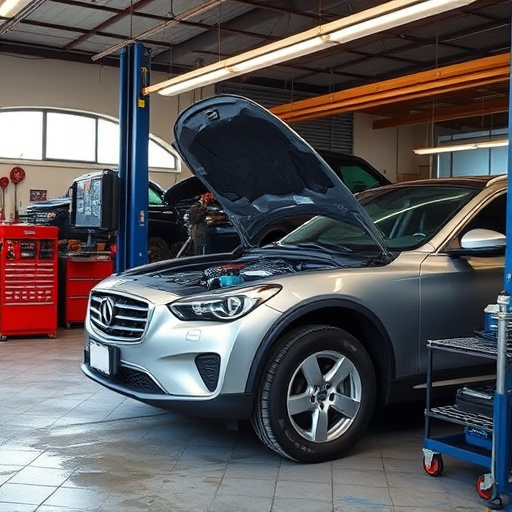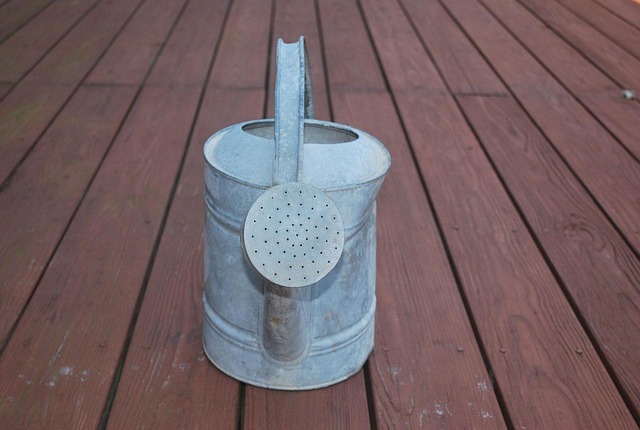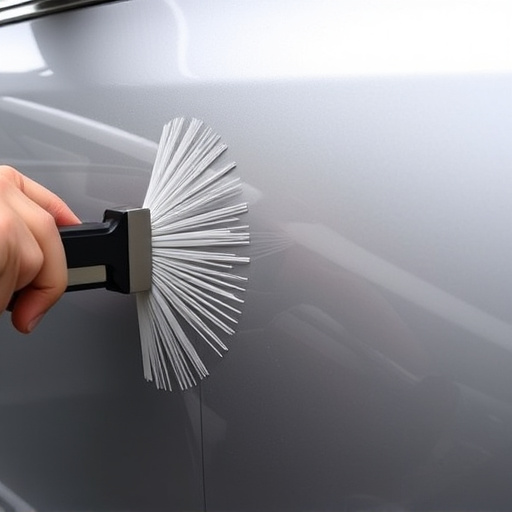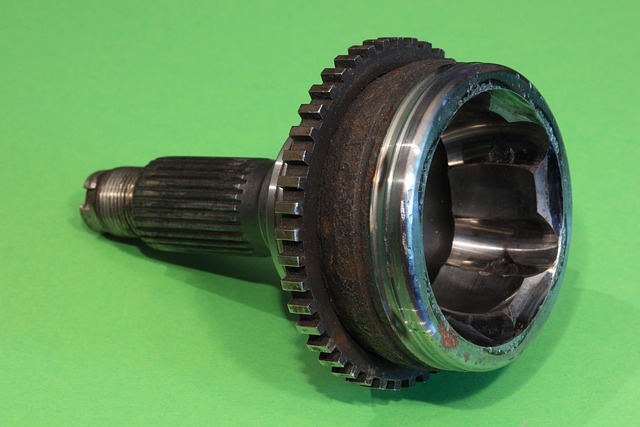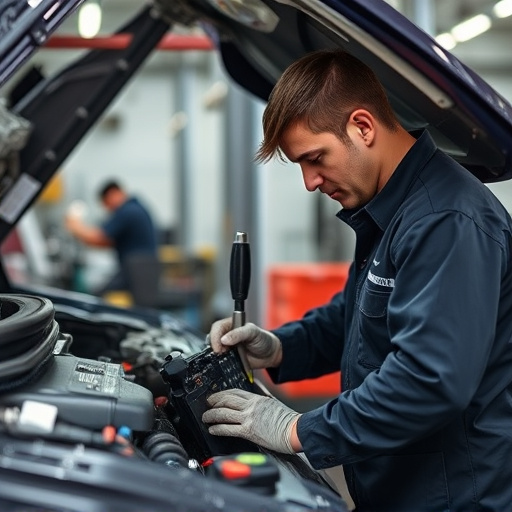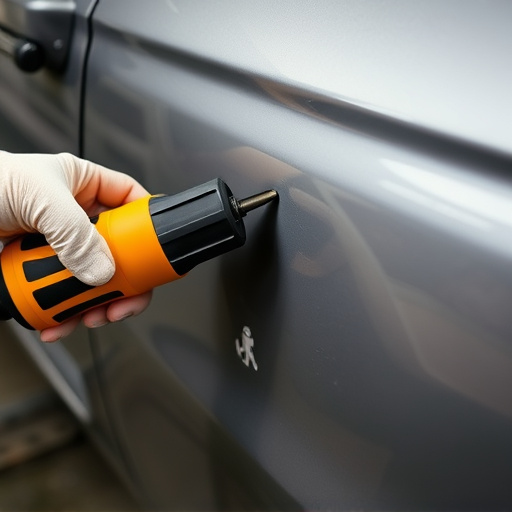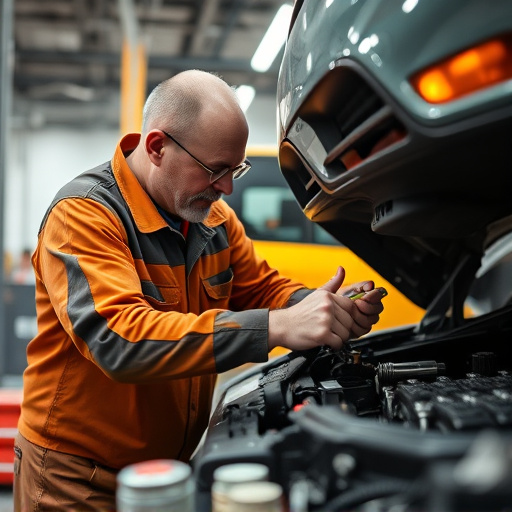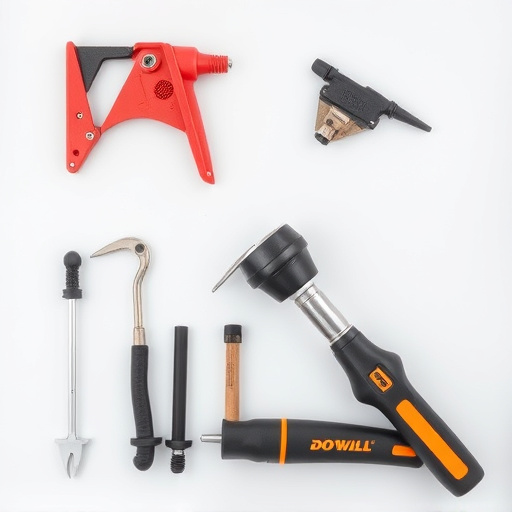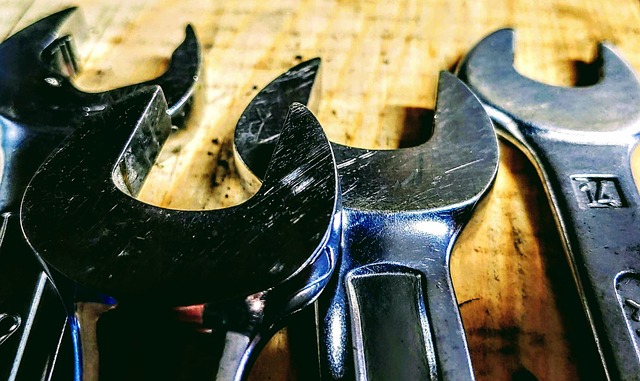Cooling system collision repair costs vary based on damage extent, requiring assessment of components like radiators, pumps, thermostats, and hoses. Repairs range from minor fixes to complete system replacements. Consulting experts at specialized shops offers guidance for structural integrity and optimal engine performance. Insurance plays a key role in covering costs; policyholders should promptly notify insurers, provide detailed damage information, and communicate repair needs clearly. After confirming coverage and deductibles, trusted body shop services can restore the cooling system to pre-accident condition.
In today’s digital era, understanding how insurance handles cooling system collision repair costs is more crucial than ever. Cooling systems are vital for vehicle safety and performance, making their prompt and efficient repair essential. This article delves into the intricacies of this process, focusing on three key aspects: “Understanding Cooling System Collision Repair Costs,” “The Role of Insurance in Coverage and Reimbursement,” and “Navigating the Process: What Policyholders Need to Know.” By exploring these topics, we aim to equip folks with knowledge to efficiently manage cooling system collision repairs.
- Understanding Cooling System Collision Repair Costs
- The Role of Insurance in Coverage and Reimbursement
- Navigating the Process: What Policyholders Need to Know
Understanding Cooling System Collision Repair Costs
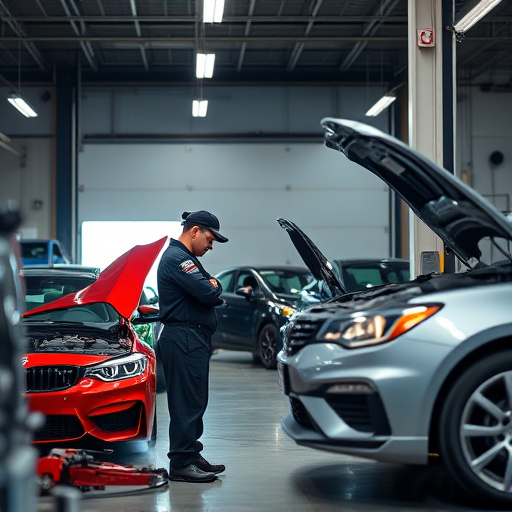
Cooling system collision repair costs can vary widely depending on several factors. The initial assessment involves understanding the extent of damage to the car’s cooling system, which may include components like radiators, water pumps, thermostats, and hoses. These parts are integral to a vehicle’s engine management, ensuring efficient cooling during operation. Damage caused by collisions can range from minor dents and cracks to complete replacement of these critical systems.
When visiting a collision repair shop for cooling system repairs, it’s essential to discuss these options with experts. They can guide you through the process, explaining the cost implications of different choices. Some shops may offer specialized car bodywork services tailored to cooling system repairs, ensuring not only structural integrity but also optimal engine performance post-repair.
The Role of Insurance in Coverage and Reimbursement

Insurance plays a pivotal role in facilitating and covering cooling system collision repairs. When a vehicle experiences damage to its intricate cooling system due to a collision, insurance companies step in to provide financial support for the necessary repairs. Policyholders can rely on their comprehensive or collision coverage to reimburse them for the cost of fixing or replacing affected components. This includes parts like radiators, water pumps, and hoses, ensuring the car’s engine remains cool during operation.
The process typically involves policyholders filing a claim with their insurance provider after receiving an estimate from a trusted car body shop. The insurer will then assess the damage, verify the repair estimate, and disburse funds accordingly. This not only aids in restoring the vehicle to its pre-collision condition but also offers peace of mind, knowing that financial burdens associated with cooling system collision repairs are manageable thanks to insurance coverage. Additionally, many insurance companies have established networks of preferred collision repair services, including those specializing in auto glass repair, to streamline the claims process and potentially reduce costs for policyholders.
Navigating the Process: What Policyholders Need to Know

Navigating the process of cooling system collision repair can seem daunting for policyholders, but understanding your insurance coverage and the steps involved can make it smoother. The first step is to notify your insurance provider about the incident as soon as possible, providing them with all necessary details including photographs of the damage. Once a claim is filed, an adjuster will assess the damage, including any issues related to the cooling system.
Policyholders should be prepared to communicate their repair needs clearly. This includes discussing options for replacement parts—whether original equipment manufacturer (OEM) parts or alternative alternatives—and understanding the estimated costs. While your insurance may cover a significant portion of these expenses, it’s crucial to confirm what is covered and what deductibles apply. After approval, policyholders can then proceed with trusted body shop services focusing on auto collision repair, ensuring their vehicle, including its cooling system, is restored to pre-accident condition.
When it comes to managing cooling system collision repair costs, insurance plays a vital role in ensuring policyholders receive the necessary coverage and reimbursement. Understanding how insurance handles these expenses is crucial for navigating the claims process efficiently. By familiarizing themselves with their policy terms and knowing what to expect, policyholders can ensure their cooling system repairs are covered smoothly and without unexpected financial burdens.

